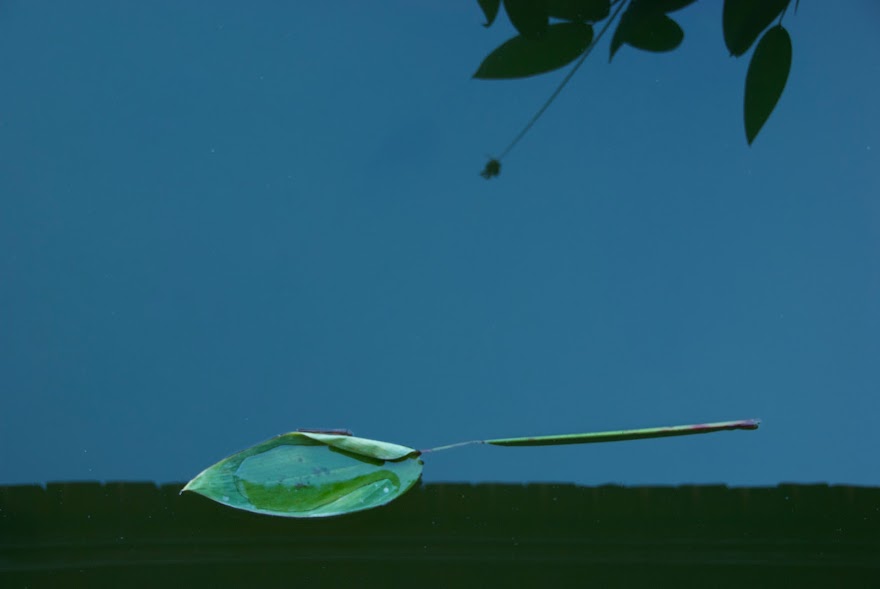To my surprise September is almost upon us and, however content I am in Vavau, I will sail for New Zealand before the end of that month. The distance is about 1200 miles—1171 from GANNET’s present location; and the course 210°T.
This is potentially the most difficult passage of the ocean crossing. While the Bay of Islands climate is nominally sub-tropical, highs and lows chase one another across the Tasman causing New Zealand’s weather to change frequently and rapidly. I have long been on record as stating that if you are going to sail to New Zealand you should be prepared to face a gale. I haven’t always had one, but this is true any time of year. In the summer they are less frequent and cold.
I checked Visual Passage Planner, an application on my laptop that carries the Pilot Chart information, and is incidentally the only thing I have on board that shows local magnetic variation. Moving the cursor along the rhumb line route reveals 0% gales in September until a square at the New Zealand coast just north of Opua shows 11%. 11% is high, but looked at another way it means that nine out of ten days have less than thirty-four knot winds.
There is a fundamental problem with Pilot Charts which give historical averages when we are living through climate change.
Some of you will recall that I did have a gale on the nose the last day of my fifth circumnavigation on the final 2300 mile leg from Bora-Bora.
Checking THE FIFTH CIRCLE, I see that I sailed from Bora-Bora on September 15 and reached Opua on October 10, an extraordinarily slow 25 days, which included being caught under high pressure for the two slowest weeks of the entire circumnavigation.
That last day was one where I reduced sail and told THE HAWKE OF TUONELA that ‘the center must hold’, contradicting W.B. Yeats’s famous line, and she pushed through. I don’t know that GANNET could.
I received an email from Karl, a Moore 24 sailor who along with Gilles won their class in the recent double handed Pacific Cup race from California to Hawaii, in which he said that their boat was much happier beating in strong wind when they filled water bladders lashed to the windward side of the v-berth with 400 pounds of water. I carry a maximum of 240 pounds of water and will if I’m on a long tack again try to tie it all to windward, though that may be difficult to do underway.
I don’t know yet what I will do if I run into a gale from ahead. I’ll figure it out at the time. I may heave to and wait for a change. Change is the one constant in New Zealand weather. I may hand steer. I will in any event not cling to the rhumb line on this passage if falling off will make the sailing faster and easier. There is no need to when as we approach New Zealand the wind can come from any direction at any force.
I have been asked if I will stop at Minerva Reefs, two isolated atolls twenty miles apart four hundred miles southwest of Neiafu. The answer is possibly, but probably not. I have spoken to sailors who stopped at North Minerva on their way up from New Zealand earlier this year. They say that the pass is easy and can be sailed. One also said he was there with more than twenty other boats. The experience of being anchored in mid-ocean is special; but once I go to sea I tend to stay there. If I happen to be sailing past Minerva one fine day, I might go in; but I’m not going to divert or linger until dawn to do so.
Twelve hundred miles should be nine or ten days, and easily longer with severe weather or strong headwinds. Impossible to predict before I sail what the weather will be when I’m off New Zealand.
———
While standing in the companionway sipping South Seas Rum the other evening I tried counting masts and came up with fifty-one. Due to overlap and dim light, this may not be accurate, but it is close.
From my years with CHIDIOCK TICHBORNE and now with GANNET, I am used to having the smallest boat in harbor.
For several decades now I have been the most experienced sailor in harbor.
Apia and Neiafu have caused me to realize that I am now also the oldest sailor in harbor. I can’t be completely certain of that; but I do know that the few other likely contenders are younger than I.
There have been many odd things about my life, but that I who risked everything for so long have grown old is one of the oddest.
Another is that in a world in which billionaires cheat on taxes and billions of people don’t have enough of even the basics of survival, such as clean drinking water, I have had enough: enough time, enough love, enough money.
And what is perhaps even more unique is that I know it.
Sail on.

.jpg)
